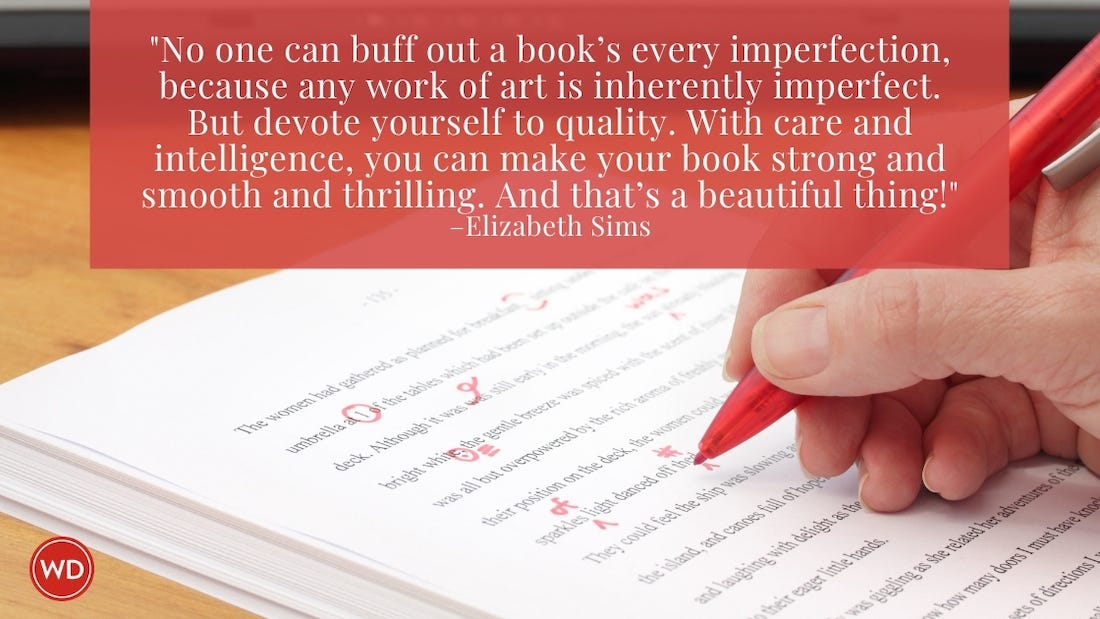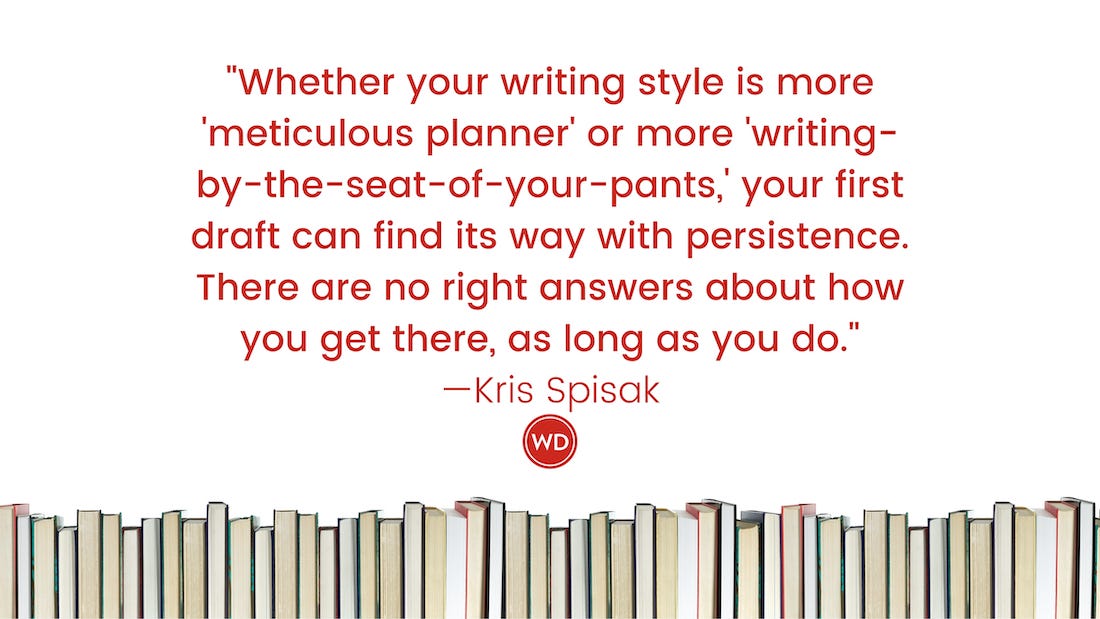Plot Like a Bestseller: 8 Things You Should Know
What’s the key to plotting a hit book? Well, just ask William Bernhardt, who hit The New York Times bestseller list with his Ben Kincaid series. As Bernhardt revealed in…
What’s the key to plotting a hit book? Well, just ask William Bernhardt, who hit The New York Times bestseller list with his Ben Kincaid series. As Bernhardt revealed in his CraftFest session “Plotting the Bestselling Thriller”:
1. Plot is the writer’s choice of events to tell the story of the character’s progression toward the goal or desire.
Bernhardt notes that you’re not just plotting a sequence of events—“you’re plotting a journey.” Your character will travel from one end of something to the other.
2. The plot must be right for the character—and vice versa.
So pair them accordingly. Don’t force it.
3. The plot is composed of a series of conflicts.
Bernhardt says every scene should have event, change, and conflict. And, “If every scene doesn’t have some kind of conflict in it, take it out.” He notes that each scene doesn’t necessarily need to contain a bomb, and that sometimes the conflict is small—but it’s no less essential that conflict occurs, and something changes for your character as a result of it.
“A person is defined by the choices they make, and never more so than when the pressure is on, as it typically tends to be in thrillers,” he says.
However, he warns not to just throw in big action scenes to create conflict—shootouts are meaningless if readers don’t care about the people doing the shooting.
4. The protagonist should fail many times before succeeding.
Bernhardt asked the audience which Star Wars film is better: The Empire Strikes Back, or Return of the Jedi? The results were unanimous: The Empire Strikes Back. Why? Everything goes wrong for the protagonists, and that builds conflict. “That’s what really grips the reader,” he says.
5. The protagonist’s story is only as interesting as the antagonist makes it.
Simply put, Bernhardt says a solid hero mixed with a weak villain doesn’t make for a good read. He notes that conflict spawns from characters who have opposing goals—and not only should your protagonist have a goal or desire, but your antagonist should, too. “The bad guy may think he’s the good guy.”
6. Readers like to be surprised.
So twist it up. Bearnhardt says readers will take note of your cleverness—and then they’ll tell their friends about the book, and that’s the best type of advertising you can get: “Word of mouth is critical.”
7. Readers hate coincidence.
Sure, the real world has its fair share of coincidences. But Bernhardt says readers hate coincidences in books—they’re too convenient, and reflect poorly on your prose.
8. Conflict can be inner, personal or external.
Bernhardt says this is the place where you can elevate your book from the amateur to the professional. Layer the conflict in beyond basic motivations of good guy, bad guy. Combine all three types of conflict—inner, personal and external—and “then you’ve got something that’s really rich.”
Get the forensics details in your thriller novel right with the help of:
Howdunit: Forensics
Become a WD VIP and Save 10%:
Get a 1-year pass to WritersMarket.com, a 1-year subscription to Writer's Digest magazine and 10% off all WritersDigestShop.com orders! Click here to join.
Also check out these items from the Writer's Digest's collection:
Writer's Digest Elements Of Writing Fiction: Beginnings, Middles & Ends
Writer's Digest Elements Of Writing Fiction: Scene & Structure
Writer's Digest Elements Of Writing Fiction: Conflict, Action & Suspense
Writer's Digest Elements Of Writing Fiction: Description
Writer's Digest Elements Of Writing Fiction: Characters & Viewpoint
Writer's Digest No More Rejections
Writer's Digest Weekly Planner
Writer's Digest How to Land a Literary Agent (On-Demand Webinar)
Writer's Digest Magazine One-Year Subscription
Writer's Digest 10 Years of Writer's Digest on CD: 2000-2009
Brian A. Klems is the former Senior Online Editor of Writer’s Digest, and author of Oh Boy, You’re Having a Girl (Adams Media/Simon & Schuster). Follow him on Twitter @BrianKlems.









